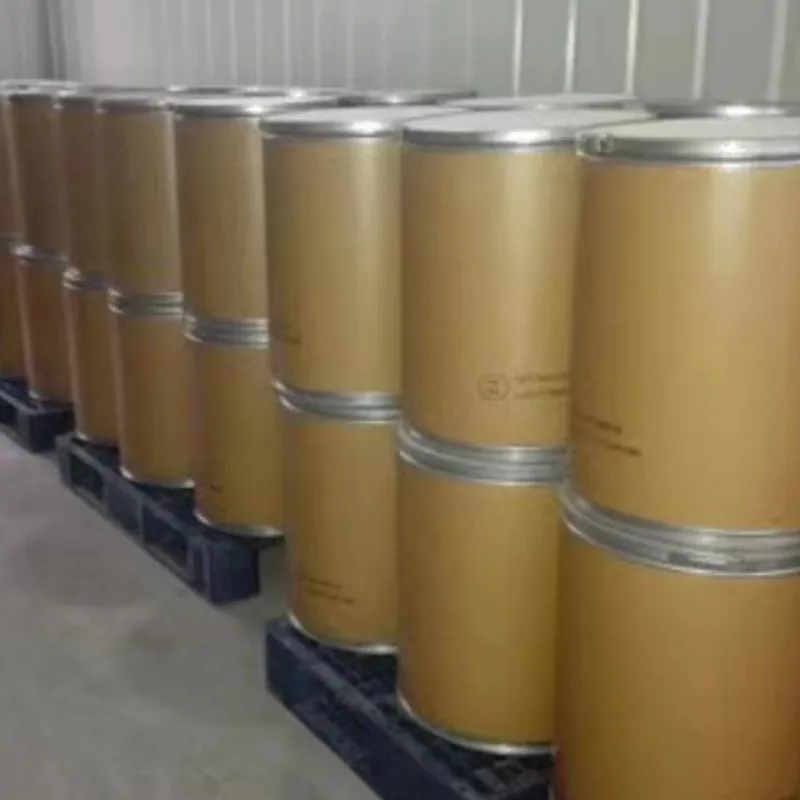
Understanding the Role of Emulsifier 414 in Food Products and Applications
Understanding Emulsifier E414 A Comprehensive Guide
In the world of food science and technology, emulsifiers play a crucial role in enhancing the texture, stability, and shelf life of food products. One such emulsifier that has gained significant attention is E414, commonly known as Acacia gum or gum arabic. This article delves into the properties, applications, and safety aspects of Emulsifier E414.
What is E414?
E414, or Acacia gum, is a natural gum derived from the sap of the Acacia tree, predominantly found in regions such as Africa and the Middle East. It has been used for centuries in various culinary and medicinal applications. As an emulsifier, it helps blend ingredients that typically do not mix well, such as oil and water. This property is vital in creating stable emulsions, which are essential in many food products.
Properties of E414
E414 is prized for its unique properties. It is a white to yellowish powder that is highly soluble in water, forming a viscous solution. One of its key attributes is its ability to stabilize emulsions by reducing the surface tension between different phases (e.g., oil and water), thus preventing separation. Moreover, E414 is known for its excellent film-forming capabilities, which help encapsulate flavors, improve mouthfeel, and contribute to mouth-coating characteristics.
In addition to its emulsifying properties, E414 is a source of soluble dietary fiber, making it a functional ingredient that adds nutritional value to food products. It can also support gut health by promoting the growth of beneficial gut bacteria.
Applications of E414 in Food Products
Emulsifier E414 is widely used across the food industry for various applications. It is commonly found in
emulsifier 414

2. Confectionery In the production of candies and chocolates, E414 enhances texture, improves chewiness, and ensures a consistent mouthfeel.
3. Dairy Products It is used in ice creams, yogurt, and other dairy items to prevent ice crystal formation and maintain a creamy texture.
4. Baked Goods E414 helps improve the consistency and volume of bread and cakes, contributing to a softer crumb.
5. Sauces and Dressings In emulsified sauces, like mayonnaise and salad dressings, E414 ensures a stable blend of oil and vinegar or water, enhancing the overall quality and shelf life.
Safety and Regulatory Status
E414 is generally recognized as safe (GRAS) by various food safety authorities, including the Food and Drug Administration (FDA) and the European Food Safety Authority (EFSA). Studies have shown that Acacia gum has low toxicity and is well-tolerated by the human body.
Nevertheless, as with any additive, consumption should be moderated. Excessive intake may lead to gastrointestinal issues, particularly in sensitive individuals. It is essential for consumers to be aware of their dietary limits and consult with healthcare providers if they have concerns.
Conclusion
Emulsifier E414, or Acacia gum, is a remarkable ingredient that plays an indispensable role in the food industry. Its natural origins and multifunctional properties make it a valuable asset for food manufacturers aiming to improve the taste, texture, and stability of their products. With its long-standing history of safe use and numerous applications, E414 continues to be an essential component in creating the enjoyable and safe foods we consume today. As the demand for natural ingredients rises, E414 is poised to remain a staple in both food technology and culinary arts. Whether you’re a food professional or a curious consumer, understanding the significance of emulsifiers like E414 can enhance your appreciation for the science behind the food we eat.
-
Aluminum Hydroxide: Quality Gels & Dried Gel AntacidNewsAug.31,2025
-
Buy High-Quality Trichloroisocyanuric Acid for Sale | TCCA 90% SupplierNewsAug.30,2025
-
Pure Sodium Dichloroisocyanurate Dihydrate | Powerful DisinfectantNewsAug.29,2025
-
Industrial Chemicals: Quality & Purity for Every IndustryNewsAug.28,2025
-
Nitrile Rubber Honoring Strict Production StandardsNewsAug.22,2025
-
Aspartame Ingredients Honoring Food Safety ValuesNewsAug.22,2025
-
Fertilizer for Balanced Plant NutritionNewsAug.22,2025
Hebei Tenger Chemical Technology Co., Ltd. focuses on the chemical industry and is committed to the export service of chemical raw materials.
-

view more DiethanolisopropanolamineIn the ever-growing field of chemical solutions, diethanolisopropanolamine (DEIPA) stands out as a versatile and important compound. Due to its unique chemical structure and properties, DEIPA is of interest to various industries including construction, personal care, and agriculture. -

view more TriisopropanolamineTriisopropanolamine (TIPA) alkanol amine substance, is a kind of alcohol amine compound with amino and alcohol hydroxyl, and because of its molecules contains both amino and hydroxyl. -

view more Tetramethyl Thiuram DisulfideTetramethyl thiuram disulfide, also known as TMTD, is a white to light-yellow powder with a distinct sulfur-like odor. It is soluble in organic solvents such as benzene, acetone, and ethyl acetate, making it highly versatile for use in different formulations. TMTD is known for its excellent vulcanization acceleration properties, which makes it a key ingredient in the production of rubber products. Additionally, it acts as an effective fungicide and bactericide, making it valuable in agricultural applications. Its high purity and stability ensure consistent performance, making it a preferred choice for manufacturers across various industries.





